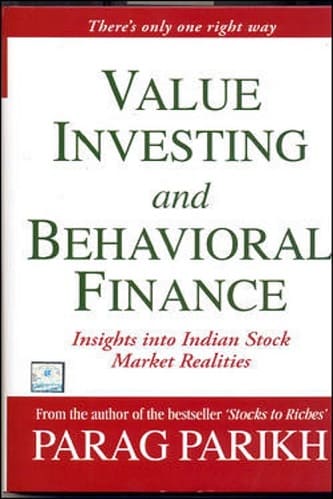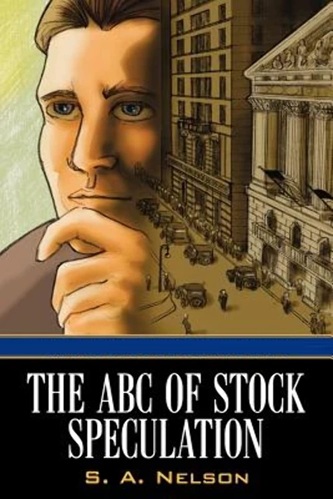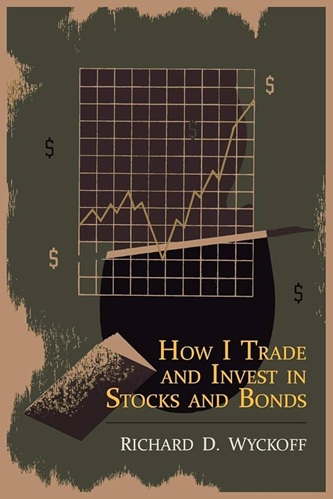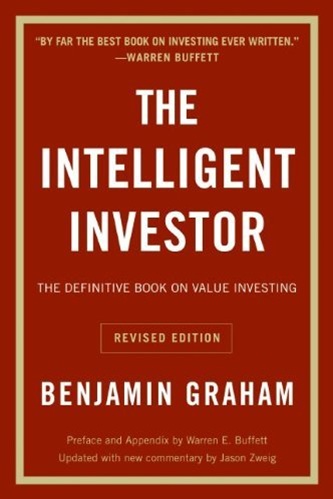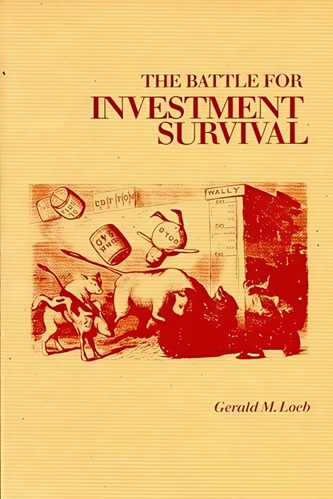Value Investing And Behavioral Finance: Insights Into Indian Stock Market Realities
$19.95
| Author(s) | |
|---|---|
| Format |
|
| Pages |
357 |
| Publication Year |
2009 |
Value Investing and Behavioral Finance deals with the quirks of the mind, their impact on making decisions and the consequences of investment performance. Parag is spot on in urging investors to adopt a more empirically skeptical approach based on a clear understanding of one’s own blind spots and biases. The insights from applied psychology in coming to terms with IPOs, index investing and spotting bubbles will save you a lot of pain and money. Every serious investor would do well to have a copy of this fine work on their bookshelves.
Author’s Introduction:
Currently, book stores are flooded with books on the wisdom of investing. All of them talk about the virtues of value investing. Investors spend money and time to learn about the wisdom of investment success by reading books, attending lectures and seminars of investment gurus, joining internet chat sites, etc. Every effort is made to grasp the next best idea or the new way to achieve investment success. However, investment success evades most of them. This is also true for professional money managers, equipped with high-flying academic qualifications and managing huge pools of money, but succumbing to investment blunders.
Is it not strange that in spite of knowing the tricks of the trade, and being smart, one yet fails? The answer is quite simple. The inability to delay gratification is the root of failure. This is one of the human traits that makes people lose patience. Investing is all about having the patience to hold on to your convictions. When you are unable to delay gratification, your greed is strong and it gets you in trouble in the financial markets.
I have studied the behavior of professional investors. When they go on their marketing trips, they talk about the virtues of value investing, long-term approach, preservation of capital, etc. However, when they are confronted with the real world of investing in the stock markets, they falter. They fail to ‘walk the talk’. They fall into the Integrity Trap. Due to their inability to control their emotions, and the fear of being left out of the crowd, they lose their conviction and get carried away by crowd behavior. They are swayed between bouts of fear and greed leading to self-doubt.
I have applied the knowledge of investor psychology to studying investing follies. Everyone believes in capital preservation. But then why does everyone act against his/her belief? I find the books on behavioral finance theoretical. I have studied their effects in real-life situations and have explained these by taking examples of the Indian stock market and Indian companies. This, I am sure, will be a refreshing change from the usual coverage of leading MNCs like Coca Cola, IBM, Microsoft, etc.
The research on Indian capital markets has been done more with a view to show the trends rather than add any academic value. I believe that knowledge is not important as it changes continuously, but what are important are the trends. We have collected data on the BSE Sensex from 1979 and there might be flaws in some of our calculations. There have been quite a lot of corporate events like mergers, acquisitions, delistings, rights offers, split stocks and dividends, some of which could, perhaps, have escaped attention. Moreover, we had difficulties in sourcing data of the initial years from a single source and collected it from various sources. This could, in some way, affect our calculations; but definitely it will, in no way, affect the strength of our argument.
Value Investing And Behavioral Finance was completed in May 2008; hence all the data pertains to the period prior to May 2008. Moreover, a present and past tense disconnect may appear as the book was written over a period of two years. I am trying to convince the readers about where the returns and the opportunities lie in this chaotic investment world. This book is all about identifying a good business managed by good people, paying the right price for the stock and having the patience to hold on to such investments for a long period of time. I have shown such investing and behavioral trends that affect investor decision-making and ultimately investor returns.
Contents:
- Success and Failure
- Understanding Behavioral Trends
- Behavioral Obstacles to Value Investing
- Contrarian Investing: The Psychology of Going Against the Crowd
- Growth Trap
- Commodity Investing
- Public Sector Units
- Sector Investing
- Initial Public Offerings
- Index Investing
- Bubble Trap
- Investor Behavior Based Finance
Value Investing And Behavioral Finance: Insights Into Indian Stock Market Realities By Parag Parikh pdf

